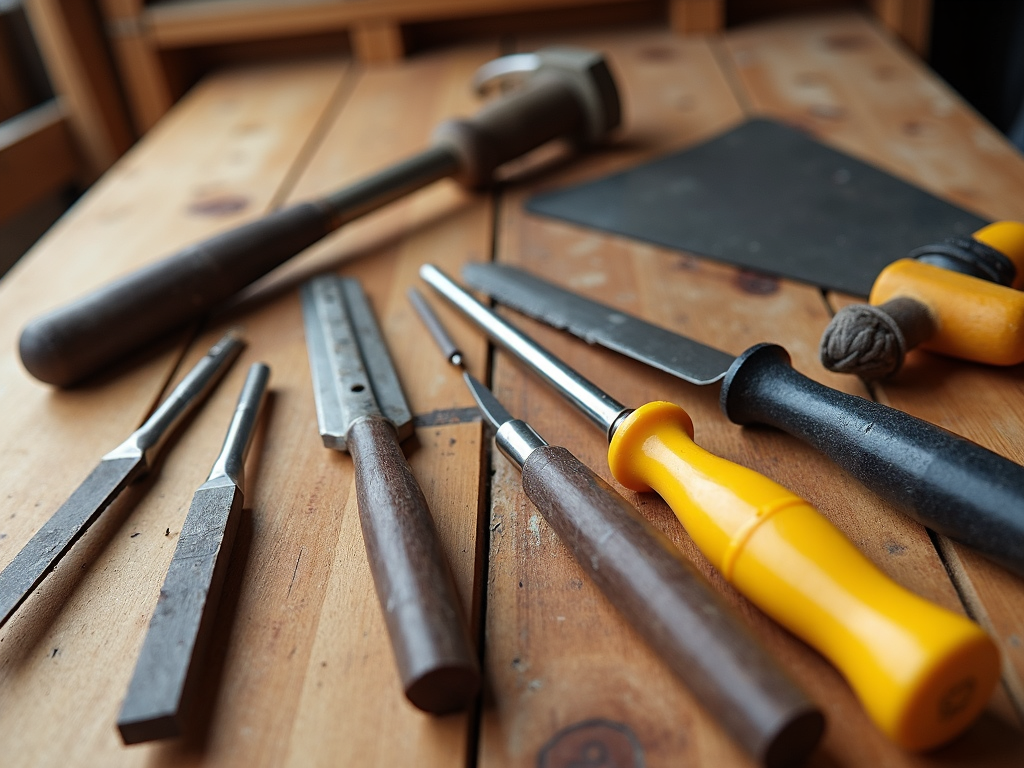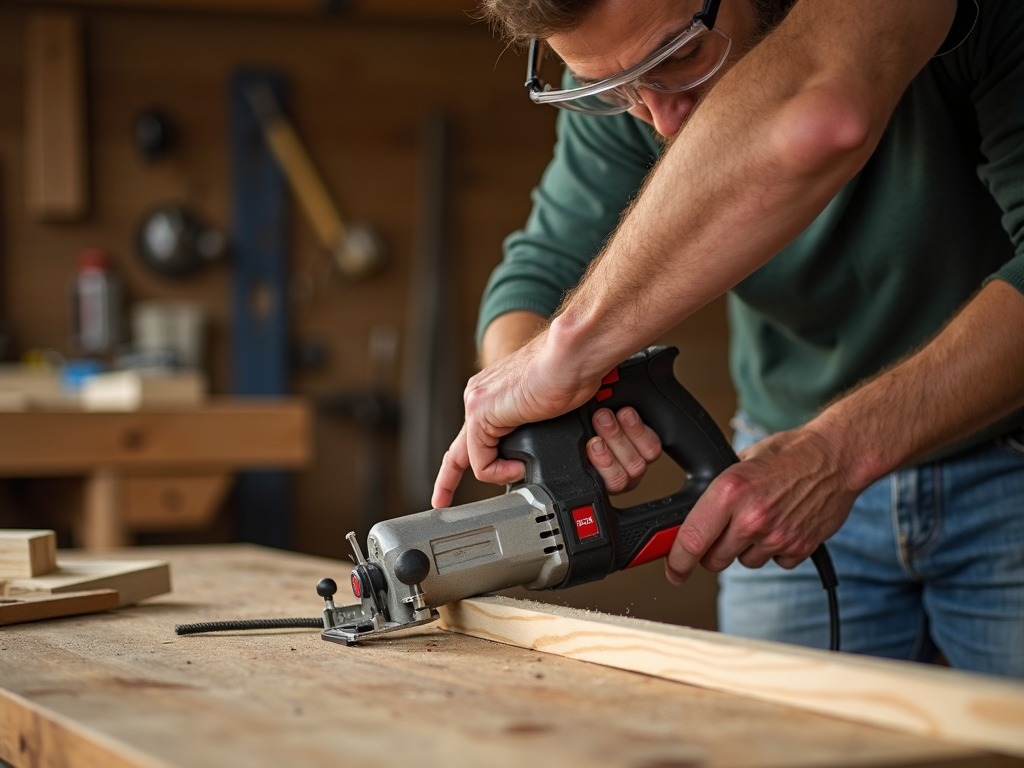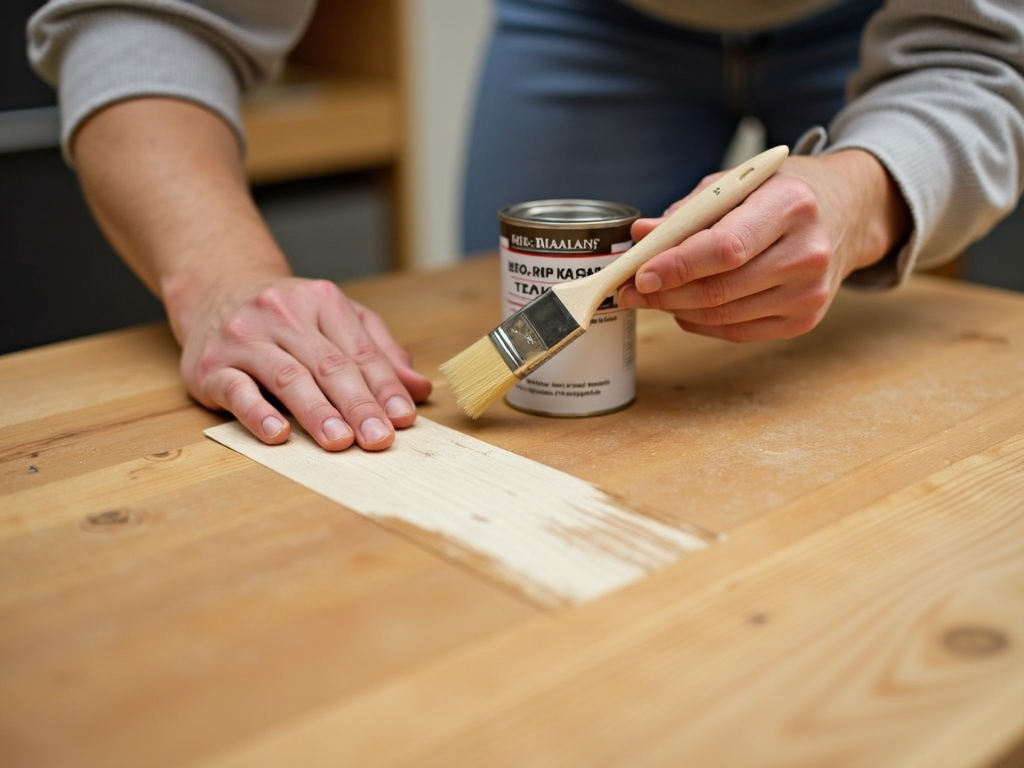Featured Post
The Best Woodworking Tools for Beginners: A Comprehensive Guide
Starting your woodworking journey can be both exciting and overwhelming. With so many tools available, it’s crucial to know which ones are essential for beginners. This guide will help you navigate through the basics, ensuring you have the right tools to kickstart your projects. From understanding the must-have tools to learning how to choose the right wood and maintain your creations, this article covers everything you need to know.

Essential Woodworking Tools for Beginners
When you're just starting out, it's important to invest in tools that are versatile and easy to use. Here’s a list of must-have tools for any beginner:
- Hammer: A claw hammer is perfect for driving and removing nails.
- Chisels: A set of chisels (1/4", 1/2", 3/4", and 1") will help you make precise cuts and joints.
- Hand Saw: A crosscut saw is ideal for making straight cuts in wood.
- Measuring Tools: A tape measure, combination square, and a ruler are essential for accurate measurements.
- Clamps: Bar clamps and C-clamps will hold your workpieces securely in place.
These tools form the foundation of any woodworking project. As you gain experience, you can gradually add more specialized tools to your collection.

How to Choose the Right Wood for Your Furniture
Selecting the right wood is crucial for the success of your project. Here are some tips to help you make the best choice:
- Consider the Project: Different projects require different types of wood. For furniture, hardwoods like oak, maple, and cherry are popular due to their durability and aesthetic appeal.
- Check the Grain: The grain pattern can affect the look and strength of your piece. Straight grains are easier to work with for beginners.
- Moisture Content: Ensure the wood is properly dried to avoid warping and cracking.
- Sustainability: Opt for sustainably sourced wood to support eco-friendly practices.
For more detailed information on wood selection, check out this guide from the Forest Stewardship Council.

Protecting Wooden Furniture: Tips and Tricks
Once your project is complete, protecting it ensures it lasts for years. Here are some essential tips:
- Seal the Wood: Apply a sealant like polyurethane or varnish to protect against moisture and scratches.
- Regular Cleaning: Dust your furniture regularly and clean spills immediately to prevent stains.
- Avoid Direct Sunlight: Prolonged exposure to sunlight can cause fading and warping.
- Use Coasters and Mats: Protect surfaces from heat and moisture with coasters and placemats.
For a comprehensive furniture maintenance and care guide, visit this resource from the Woodworkers Guild of America.

Summary
Embarking on your woodworking journey requires the right tools, knowledge of wood selection, and proper maintenance techniques. By starting with essential tools like a hammer, chisels, and a hand saw, and learning how to choose and protect your wood, you’ll be well on your way to creating beautiful, lasting pieces. Remember, practice and patience are key to mastering this rewarding craft.









